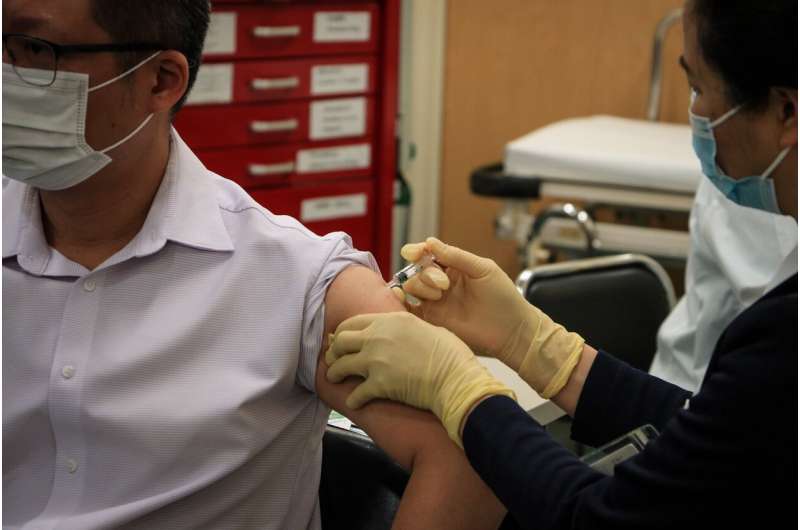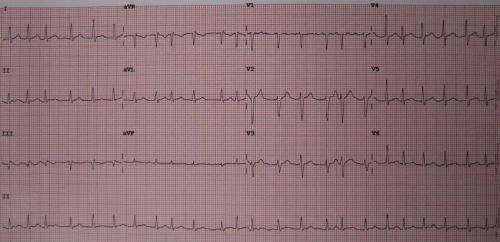Innovative Approach to Cancer Treatment: Starving Tumors by Cutting Off Their Energy Supply

New research from UCSF reveals how targeting cancer cell metabolism and combining it with dietary strategies like a ketogenic diet can effectively 'starve' tumors, offering hope for more precise and less invasive cancer therapies.
Cancer remains a leading cause of death, claiming over 500,000 lives annually in the United States. However, recent groundbreaking research from the University of California, San Francisco (UCSF) is challenging traditional views on how to combat this disease. In a study published in Nature Cell Biology, scientists have uncovered a new vulnerability in cancer cells that could revolutionize treatment strategies.
Historically, cancer research has primarily focused on genetic mutations that drive uncontrolled cell growth and evade the body's natural defenses. For instance, the protein MYC, which is involved in the proliferation of around 70% of all cancers, has long been a target for therapeutic intervention. UCSF researcher Davide Ruggero and colleagues have advanced this understanding by demonstrating how inhibiting MYC can impact cancer progression.
One of the notable discoveries involves pairing a drug that blocks fat metabolism with a ketogenic, high-fat diet. This combination effectively 'starves' pancreatic cancer cells by depriving them of their primary energy source, glucose, and forcing them to rely on fat metabolism instead. This innovative approach highlights a new potential vulnerability—by cutting off the energy supply, cancer cells can be targeted more precisely.
The significance of this research lies in its simplicity and safety profile. Many of the drugs tested are already deemed safe for human use, paving the way for clinical trials and potential new therapies. With further studies, this method could be applied to treat various cancers, including glioblastoma, breast, colorectal, and prostate cancers.
Dr. Ruggero emphasizes the importance of integrating dietary strategies with existing therapies to enhance treatment efficacy. The concept of starving tumors by manipulating their metabolic pathways offers a promising adjunct to traditional treatments, potentially leading to more effective and less invasive options for patients.
This research exemplifies a shift towards understanding the metabolic dependencies of cancer cells and exploiting them therapeutically. As ongoing studies continue to validate these findings, we may see a new era where dietary interventions and metabolic targeting play a central role in cancer care.
Stay Updated with Mia's Feed
Get the latest health & wellness insights delivered straight to your inbox.
Related Articles
Kennedy's Views on Vaccine Policy Spark Division in Public Health Strategies
Recent actions by HHS Secretary Robert F. Kennedy Jr. have led to a fractured landscape of vaccine recommendations in the US, sparking concerns over public health coordination and vaccine trust. Learn about the ongoing shifts and their implications.
Genetic Factors and Anticoagulant Use Associated with Increased Intracranial Hemorrhage Risk in Atrial Fibrillation Patients
New research links the APOE e4 genetic allele and Eliquis use to increased risk of intracranial hemorrhage in atrial fibrillation patients, highlighting potential for personalized treatment strategies.
Understanding Why COVID-19 Surges Back During Summer Months
Learn why COVID-19 continues to surge during summer months, driven by viral mutations, increased indoor activity, and waning immunity, and discover effective prevention strategies.
Disparities in Access to Advanced Life Support Revealed by Recent Study
Recent research highlights significant disparities in access to ECMO, an advanced life support, revealing systemic biases based on race, income, and hospital proximity. Learn how these inequities impact critical care delivery.



